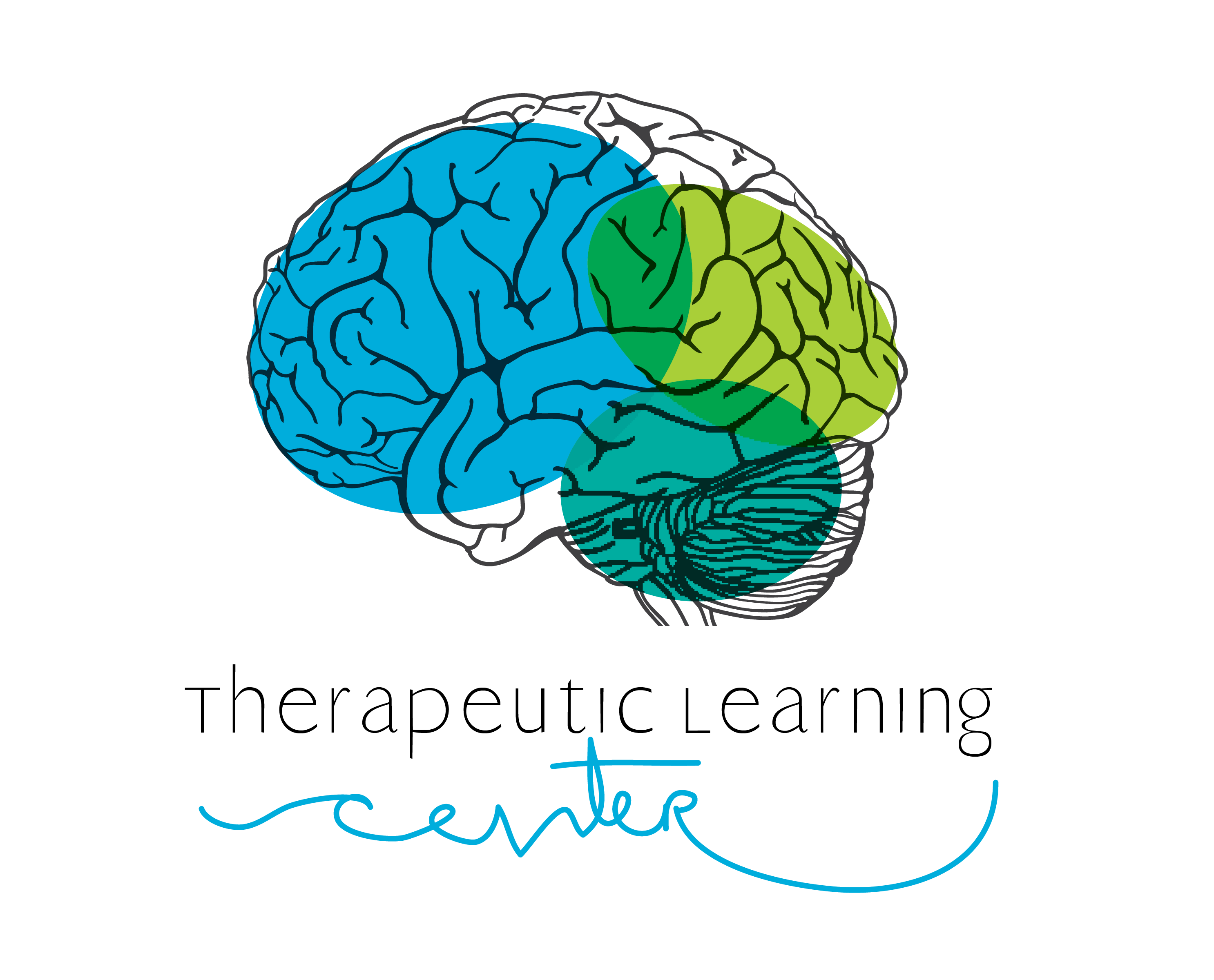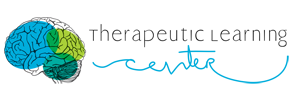Smart but Struggling: It Just Doesn’t Make Sense! Recently, we have had parent after parent calling and saying virtually the same thing: “My child is bright. He’s a good kid and wants to do well, but he’s struggling in school. He doesn’t qualify for help but he tests below state standards. How can this be?”Read more



